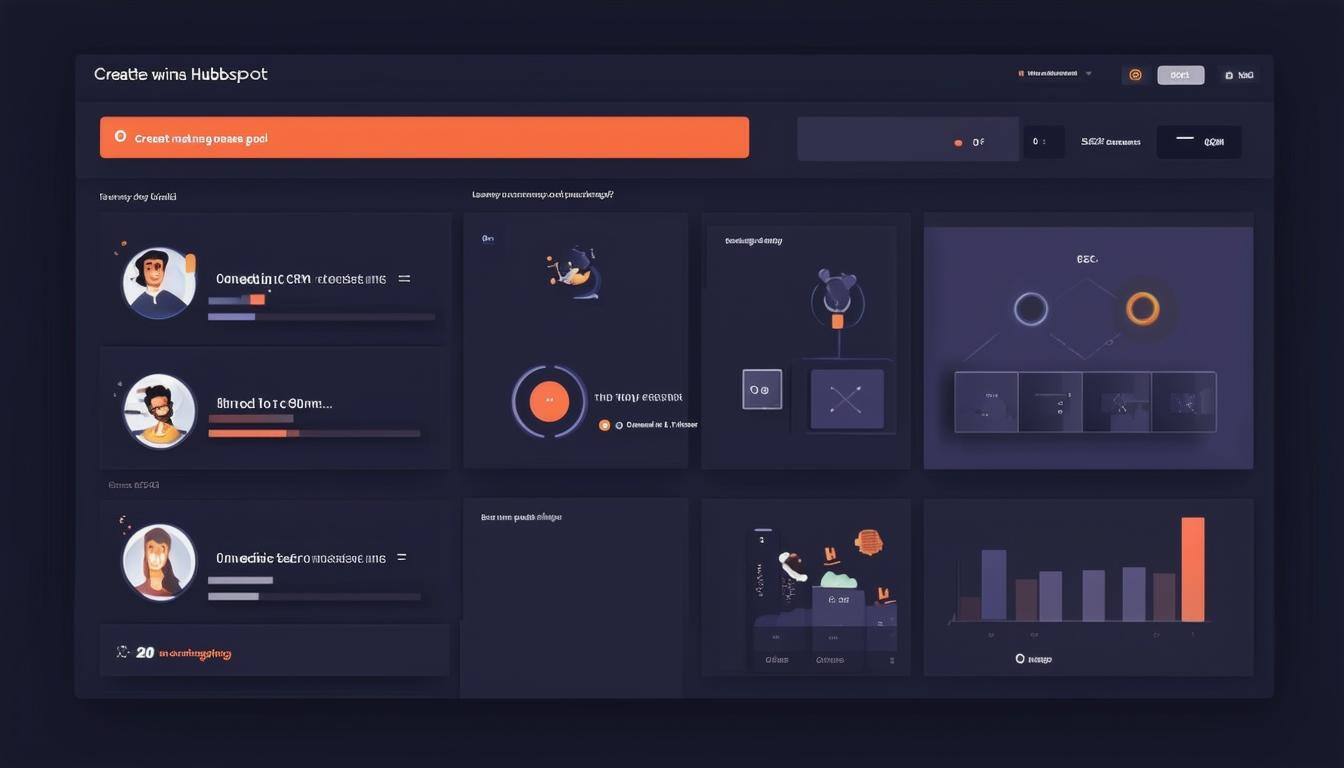This has happened to most of us: you're talking to a random stranger, but they keep looking at their watch. They're clearly not listening, and when the conversation is finished, you feel like you've effectively wasted your time.
That's what selling without prospecting is like.
Prospecting ensures that every lead you talk to is genuinely a good fit for your product — or has the potential to be a good fit. While you won't know for sure until you carry out the lead qualification process, you can save a significant amount of time by researching potential buyers before writing a single email line or making a single phone call.
Let’s start simple:
What is Prospecting?
Prospecting is the process of initiating and developing new business by searching for potential customers, clients, or buyers for your products or services. The goal is to move these prospects through the flywheel until they convert to revenue-generating customers.
Prospecting allows you to identify good-fit customers for your business. This means finding leads who truly need your product or service to solve their challenges and pain points.
Difference between Prospecting and Marketing?
The way I like to explain the main difference between prospecting and marketing is - marketing is a "one-to-many", while prospecting is "one-to-one." Or another way to think of prospecting it is a marketing tactic when you go out looking for your dream client. Both processes involve figuring out who your dream client is, finding where they’re at, what they like to do, and getting in front of them. But In marketing we create the conditions that are needed to attract the dream clients to us.
This is why it’s so important as part of your sales training, and it's extremely effective, too! More than 7 in 10 buyers actually want to hear from salespeople early on in the buying process, making it more likely that they'll respond. In fact, 82% of buyers accept meetings when a salesperson reaches out first.
Salespeople who are top performers in the act of prospecting generate nearly 3 times more sales meetings than those who are "low" performers — or those who don't prospect at all.
You can identify good-fit customers while prospecting by asking the right sales qualification questions to all of your leads and prospects, and speaking of leads and prospects, it's important to note the differences between these two types of people. You and the rest of your sales team will be communicating with them during prospecting — and knowing who's who will affect how you approach them.
Let's take a look.

Lead vs. Prospect
A lead is a top of the funnel, unqualified contact. Leads have typically expressed some level of interest in your product or offering, but have not been qualified to determine if they fit the ideal buyer persona or would benefit from using the product. A prospect (also referred as a qualified lead) is a contact who has been qualified as an ideal customer who would consider buying.
Depending on their qualifications and fit, a prospect (not a lead) can be classified as a potential customer even if they have had limited or no interaction with your company.
Although leads and prospects are not the same thing, your goals with both are one and the same: you want to evaluate and nurture them until they buy your product or service.
This is called the Lead Development Process and it will last from the moment you start prospecting up until the time you close the deal with them.
How to Prospect
- Research your prospect and their business to gauge whether you can provide value.
- Prioritise your prospects based on their likelihood of becoming a customer.
- Prepare a personalised pitch for each prospect.
- Craft the perfect first touch — and ensure you're helping, not selling.
- Iterate on your prospecting process to understand what you can improve.
We must ensure that we’re qualifying our prospects to improve our chances of providing value to them or their business. In this stage, we’re determining if the prospect is workable, qualify and begin prioritising different prospects and finding opportunities to develop a rapport of trust with them.
Prioritising our prospects can save us time and ensure we’re dedicating our strongest efforts to prospects that are most likely to become customers.
Levels of prioritisation will vary between each type of sales organisation and each salesperson, but the main idea is to create a few buckets of prospects based on their likelihood to buy and focus on one bucket at a time.
Gather in-depth information on our prospects to personalise our outreach and tailor our pitch to them. Research their public space via social media or ask direct questions in order to learn more about them.
Personalise, stay relevant and timely and most importantly keep it casual. We’re helping people reach their goal, not selling to make it until the end of the month. The focus of the process is on the customer, and not us.
Keep notes throughout this process to assess what activities generated value for the prospecting process and which wasted time.

Sales Prospecting Tips
Look at your prospects’ career pages, to find departments in which they’re investing or growing. This can inform us on their key goals and challenges. If our prospect is a public company, we can also look at their annual financial report under the “Risk Factors” section to see if there’s alignment between their stated business challenges and our product offering.
Use the GPCTBA/CI sales qualification framework.
It’s worth classifying prospects with ratings, internally this will allow you to help prioritise your scheduling and actions.
Subscribe to your prospects’ blogs. This is a direct look into their minds, where you may find information beyond what they directly shared with you. Similarly, keep track of your prospects on social media such as Twitter and LinkedIn.

Use of email and phone communication tools in sales, Emails are visual and allow prospects to consider the offer on their time, although they come with their own downsides compared to the more direct contact of a phone call.
Follow-up after a closed-lost deal. The timing may not have been right, or there may have been other reasons why you weren’t able to agree to a mutually beneficial deal. If a prospect was qualified, it’s always worth keeping an open door and making sure that the conversation doesn’t end there.
This can also allow you to find potential points of improvement for your own business or sales training.
Prospecting doesn't have to be a difficult and tedious process. In fact, it can be a positive experience for both sales reps and prospects. Adopt a few of the strategies we reviewed above into your workflow and experiment with different techniques and tools to see what works best for your team. Then, you'll be sure to begin converting more good-fit prospects into paying customers.




